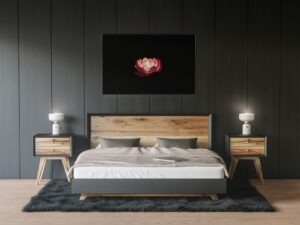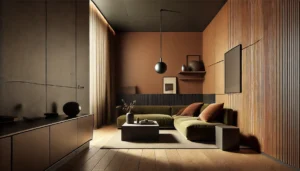
Bringing Nature Indoors: How to Incorporate Biophilic Design in Your Home
In recent years, biophilic design has gained popularity as a way to bring the beauty and benefits of nature into interior spaces. Biophilic design focuses on creating a connection with nature by incorporating natural elements, patterns, and colors into the design of a space. In this blog post, we will explore how you can use biophilic design in your home to create a harmonious and rejuvenating environment.
Integrate Natural Elements

Bringing natural elements into your home can instantly create a sense of connection with nature. You can incorporate materials such as wood, stone, and plants into your home design to add a touch of nature. For example, you can use wood flooring or furniture, stone accents in your fireplace or wall design, and indoor plants to bring the calming effect of nature into your home.
Embrace Natural Light

Bringing natural elements into your home can instantly create a sense of connection with nature. You can incorporate materials such as wood, stone, and plants into your home design to add a touch of nature. For example, you can use wood flooring or furniture, stone accents in your fireplace or wall design, and indoor plants to bring the calming effect of nature into your home.
Incorporate Biophilic Patterns and Colors
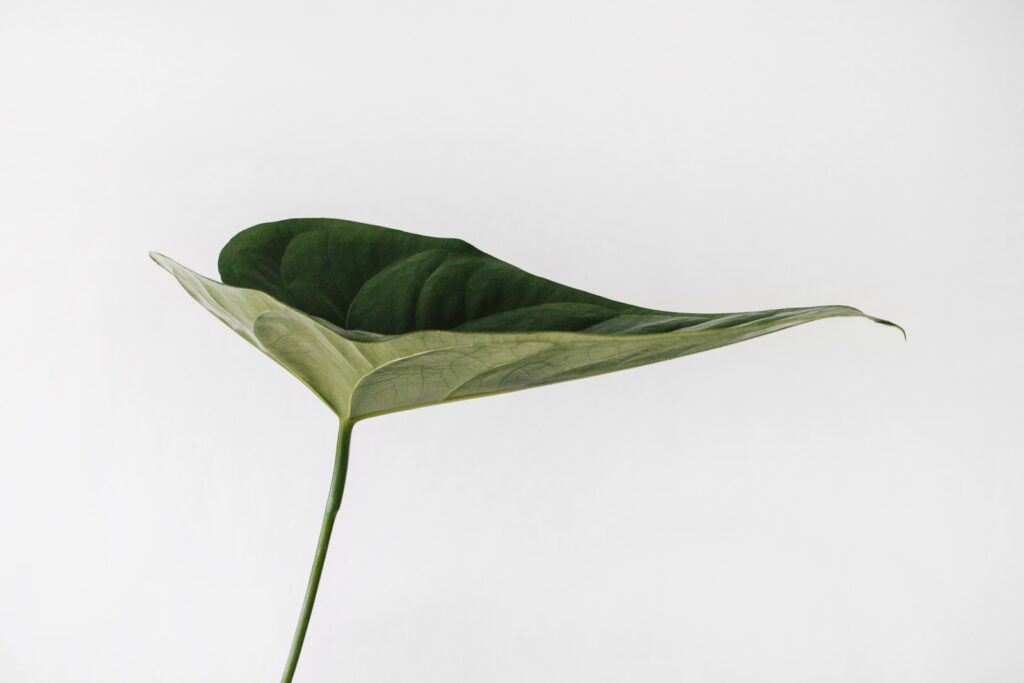
Natural light is an essential element of biophilic design. It not only provides illumination but also creates a connection with the outdoors. Maximize the use of natural light in your home by using large windows, skylights, and glass doors to let in ample sunlight. Arrange furniture and decor in a way that allows natural light to flow freely throughout the space, creating a bright and inviting atmosphere.
Create Indoor Gardens
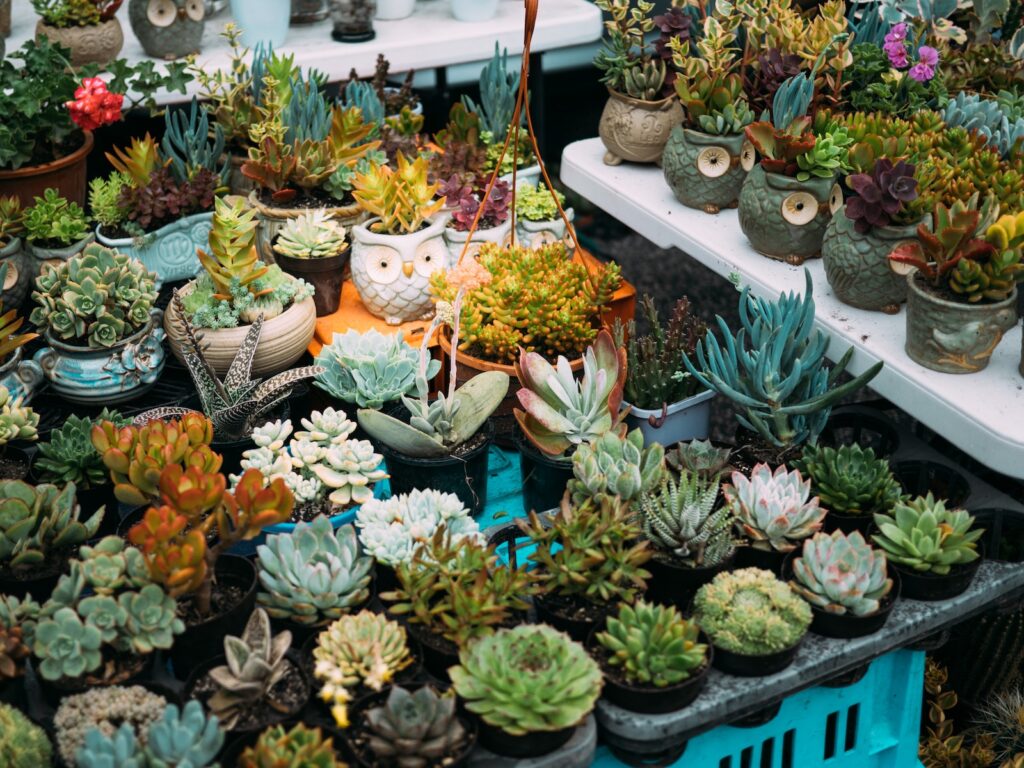
Indoor gardens are an excellent way to incorporate biophilic design into your home. You can create a small indoor garden with potted plants, vertical gardens, or even a living wall. Indoor gardens not only add a touch of nature to your home but also help purify the air and improve indoor air quality, promoting a healthy living environment.
Foster a Connection with the Outdoors
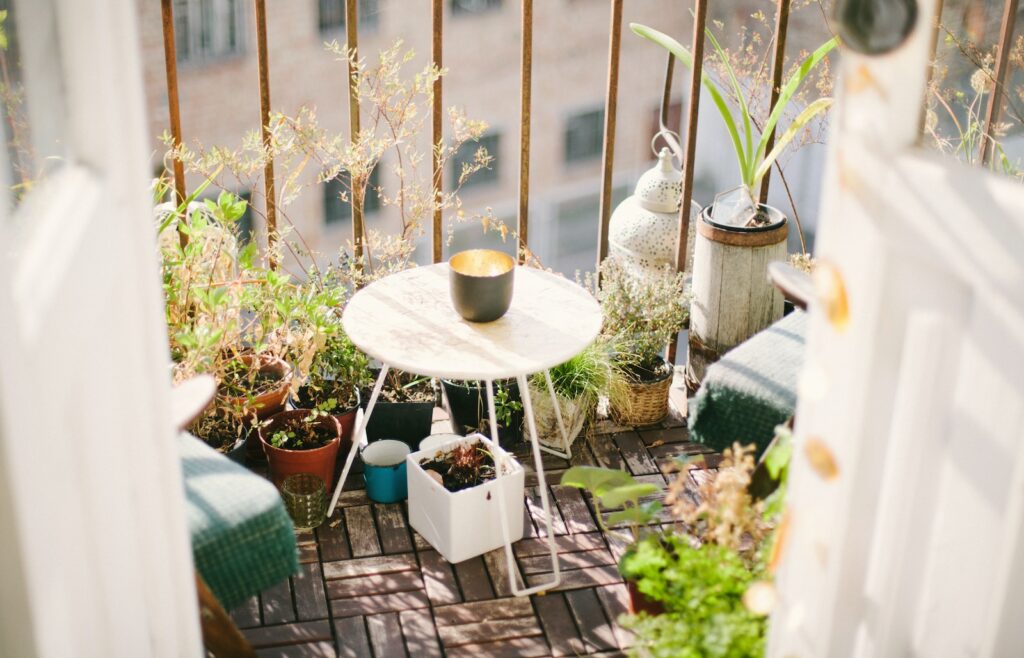
Creating a connection with the outdoors is a key element of biophilic design. You can achieve this by designing outdoor living spaces, such as a patio or a balcony, that seamlessly flow into the indoor spaces. Use large glass doors, open floor plans, and natural materials to blur the boundaries between indoors and outdoors, allowing you to enjoy the beauty of nature from the comfort of your home.
Conclusion
In conclusion, biophilic design is a powerful approach to creating a harmonious and rejuvenating home environment. By incorporating natural elements, embracing natural light, using biophilic patterns and colors, creating indoor gardens, and fostering a connection with the outdoors, you can bring the beauty and benefits of nature into your home design. Embrace biophilic design and create a home that promotes well-being and harmony with the environment

Welcome to our home decoration blog, where we share inspiring home decor ideas for every room in your house. Discover new ways to add style and comfort to your home with our expert tips and tricks. Get inspired today with our home decor blog!



